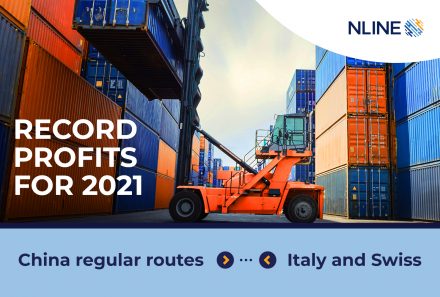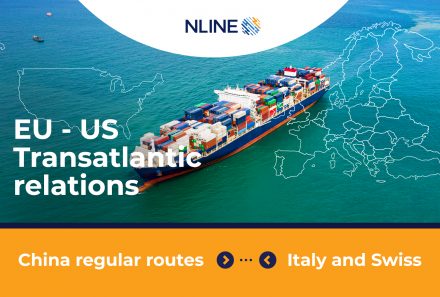
Containers in international transport
A shipping container is designed and intended for intermodal freight transport. This means that it can be used for a couple types of transport: from ship to rail or truck without loading or reloading. The containers are used to store the Goods safely and efficiently. They are also known as freight container, shipping, cargo, see or ocean container and they can be:
- Cistern or tank container
- Bulk container
- Open-top half height container
- Open-side container
- Frat platform
- Swap box
- Igloo container
Some of the basic dimensions of the containers are:
Standard 20’ and 40’. High Cube 40’. Open Top 20’ and 40’. Frigo 20’ and 40’. Flat rack 20’ and 40’. Platform 20’ and 40’.
This type of the transport is the most wanted and therefore it plays a great role in the international transport of the Goods. Statistics: Almost 70% of total international trade makes the container shipping. The most different types of the Goods are shipped by more than 50 000 cargo ships.
Container transport requires a high proficiency and knowledge as well as experience of highly trained staff.
The preparation and loading of the Goods and cargo in the container must be done at first. The factors on which the loading of goods into a container depends include, the type, dimensions, weight and type of goods and the type of container.
This type of the transport is much more efficient than traditional methods because it is cheaper, easier for manipulation and provides great advantages both for sender and recipient of the Goods.
3 basic benefits:
Fast transport of the Goods at low cost.
Since the container is a complete transport unit in which all the Goods are located, it enables the transport of Goods to be done in a relatively fast time. This is more cost-effective type of transport of goods compared to other modes of transport.
Protection of Goods with minimal energy consumption.
The container provides incredibly great protection for the goods that are transported in it. This is because it primarily represents a physical barrier from weather and temperature circumstances, fire, theft and impact during the handling of goods. In this way, the container eliminates, the relationship reduces the risk of deterioration and loss of quality of goods during transport. Water transport of goods, which transports containers, has significantly lower energy consumption compared to other types of transport of goods.
Flexibility.
On the one hand, containers can ship large quantities of goods and cargo to the other side of the world. On the other hand, container transport can be realized at relatively shorter and shorter distances. Also, containers can transport dangerous (ADR) goods, as well as numerous foods, such as wheat, flour, livestock feed and the like. In other words, a wide variety of goods can be transported in containers.






